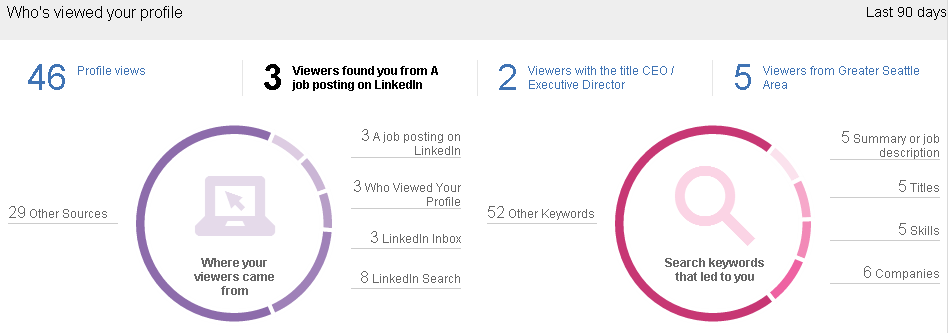It would be a sad day to see Stumptown Coffee in an establishment other than a coffee house or acquired by a Starbucks-like conglomerate (let's hope that never happens). Stumptown Coffee has shops in Portland, Seattle, New York, and Los Angeles; whereas Starbucks is just about on every street corner with a heartbeat.
My little inkdot of a city has a population of 160,000+ and still has no Stumptown Coffee shop. Alas, I don't think our city meets the demographic or market size specs for the audience that Stumptown is targeting. After all, what's the cost of short drive into Portland for coffee besides the expenditure of transportation for a tax-free purchase? There are other local coffee roasters here like Paper Tiger, Torque, Compass, and my favorite Brewed Awakenings.
What's amusing about technology is that almost 20 yrs ago I wrote a business plan for an entrepreneurship course where my business model was a cyber cafe. It is astonishing to see how WiFi and the ridiculously cheap price of high speed internet has transformed eateries and coffee shops to all become BYOD (bring your own device) cyber cafes. Anyhow. That's it for this post.











